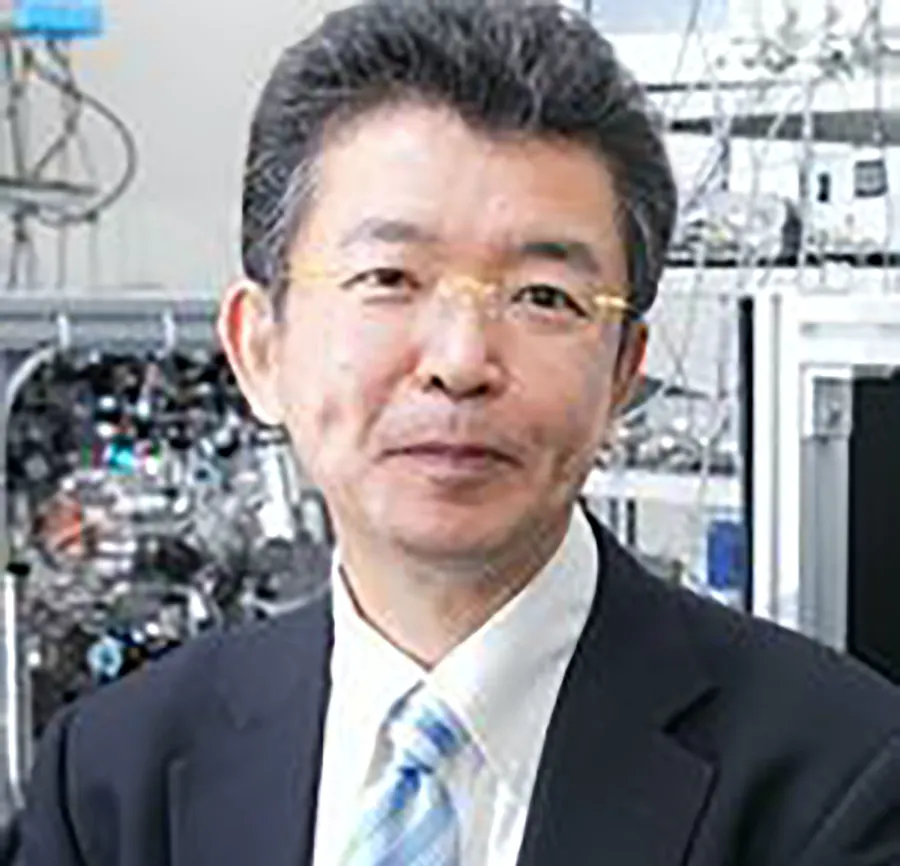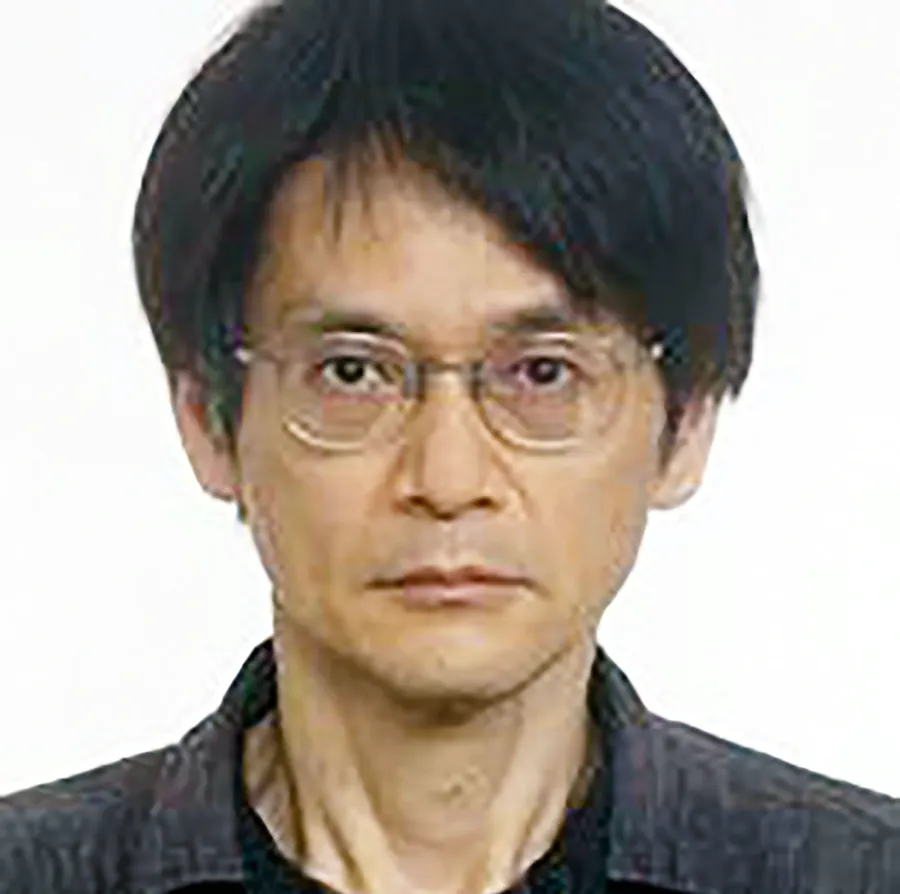
香取秀俊東京大教授

望月拓郎京都大教授
米ブレークスルー賞:日本の京大望月氏と東大香取氏(動画):
US Breakthrough Award: Mr.Mochizuki of KyotoUniv, Mr.Katori of TokyoUniv :
美国突破奖:京都大学望月先生和东京大学香取先生
【ワシントン=共同】
「ブレークスルー賞」:
科学賞「ブレークスルー賞」が9月9日発表された。
- 数学部門に望月拓郎京都大教授、
- 基礎物理学部門に香取秀俊東京大教授
日本人2人が選ばれた。
数学部門:
数学部門での日本人の受賞は望月さんが初めて。
望月さんは単独での受賞。
代数解析学の難問を証明。
望月さんは、
- 代数解析学の難問「柏原予想」を、
- 解析学と幾何学の手法を組み合わせ、
- 証明した業績で知られる。
基礎物理学部門:
香取さんは、
- 極めて正確な「光格子時計」
- 開発の第一人者で、
- その実績が評価された。
香取さんは米コロラド大の研究者Jun Yeとの共同受賞だった。
賞金はそれぞれ300万ドル(3億3千万円)で、香取さんは共同受賞者と分け合う。
生命科学部門:
ドイツのバイオ企業ビオンテックの研究者らが選ばれた。
新型コロナワクチン新技術のmRNAワクチンの開発に貢献した、
ブレークスルー賞とは:
基礎物理学、生命科学、数学部門で毎年、受賞者を選定。
「2012年にノーベル医学生理学賞を受賞した山中伸弥・京都大教授」が、これまでに選ばれている。
日本経済新聞
https://www.nikkei.com/article/DGXZQOUE100CY0Q1A910C2000000/
Breakthrough Prize
– Winners Of The 2022 Breakthrough Prizes In Life Sciences, Fundamental Physics And Mathematics Announced
Since the dawn of science, improvements in precision measurement have led to discoveries.
Hidetoshi Katori and Jun Ye, working independently,
have improved the precision of time measurement by 3 orders of magnitude.
Their techniques – tabletop in scale –
for using lasers to trap, cool and probe atoms,
produce quantum clocks so accurate that they would lose less than a second if operated for 15 billion years.
These optical lattice clocks
have potential technological applications from quantum computing to using the effects of Einstein’s relativity for seismology;
and in fundamental research
they can be used to check theories like relativity, as well as to hunt for gravitational waves and new physics such as dark matter.
While experimentalists
probe the physical world with ever-increasing precision, mathematicians explore the frontiers of mindbending abstract spaces.
Takuro Mochizuki
works at the interface of algebraic geometry
– where solutions to systems of equations appear as geometric objects –
and differential geometry
– where smooth surfaces unfold in multiple complex dimensions.
Mochizuki
overcame immense technical and conceptual challenges to extend the boundaries of knowledge deep into new terrain,
extending the understanding of objects called holonomic D-modules to include varieties with singularities – points where the equations under study no longer make sense.
In the process, he has given a complete foundation to the field, solving all basic long-standing conjectures.